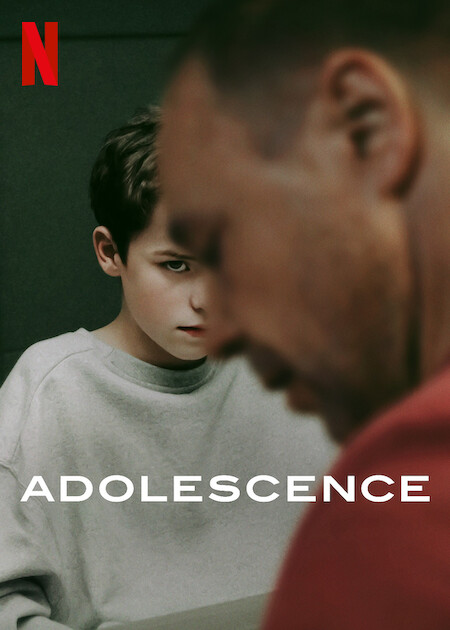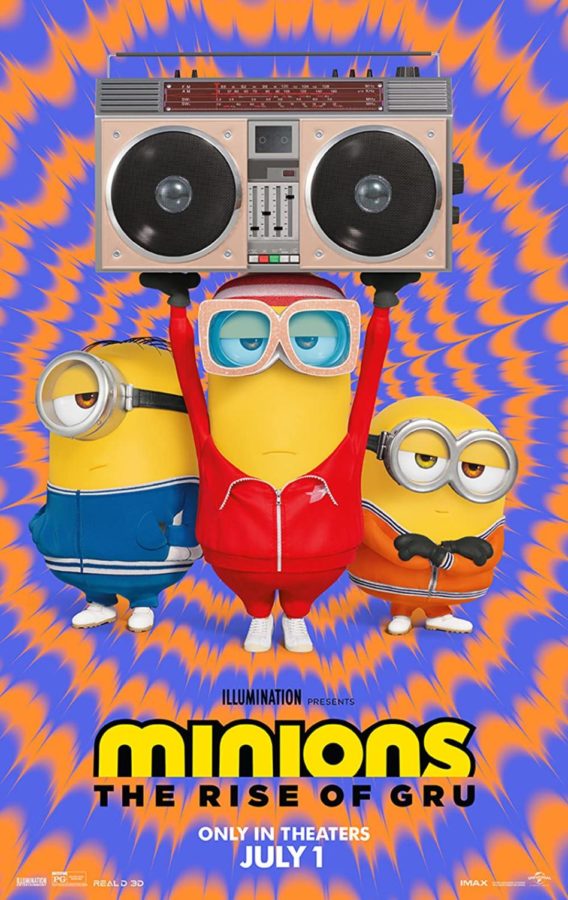“Red pill”, “80-20” and “the manosphere”.
While to most this would seem to be a random configuration of words and numbers, to Gen Z it has a much bigger meaning.
The “red pill” movement is the online community that critiques feminism and promotes male dominance.
Social media influencers such as Andrew Tate and Adin Ross have infiltrated the minds of young boys with their beliefs. They preach about what a “real man” should look like and about how women are inferior. Tate even goes as far to say that he is “absolutely a misogynist,”
Jack Thorne and Stephen Graham’s TV series “Adolescence” is a gut wrenching look into the issue of a young boy’s views on women in our society. The show follows 13 year old Jamie Miller and the aftermath of his arrest for the murder of his classmate Katie Leonard.
Throughout the four episode series, the audience slowly sees how “red pill” ideology has slowly affected Jamie’s perception of the women in his life. He believes his mom is useless, his sister is clever and Katie is a “bi***.”
In the third episode, we see an hour long conversation with Jamie and his therapist Briony. As she keeps questioning him, he slowly goes into a rage. He details how after Katie rejected his advances, she made fun of him, calling him an “incel.” Shortly after, he follows her into a parking lot and stabs her.
This show is an extreme look into the misogynist views that are becoming more and more prevalent in young boys today.
According to a study done by King’s College, Gen Z boys are more likely than older baby boomers to believe that feminism has done more harm than good.
Each episode is a single, uninterrupted shot. Director Philip Barantini wanted the audience to feel stuck in this story. From the first episode until the last, you are watching Jamie and his family’s most vulnerable moments.
The show’s creators wanted to shine a light on the issue with violence against young girls.
“There was an incident where a young boy [allegedly] stabbed a girl,” Graham told Netflix’s Tudum. “It shocked me. I was thinking, ‘What’s going on? What’s happening in society where a boy stabs a girl to death? What’s the inciting incident here?’ And then it happened again, and it happened again, and it happened again.”
The response to this show also proves to be mirroring society and how social media responds to news.
At the end of episode one, we see CCTV footage of Jamie murdering his classmate and in episode four Jamie admits to the killing. Still, people online refuse to believe the teen did it. Dozens of videos speculating who could have done it are circulating online, similar to real life. Whenever there is an infamous killer, especially when those killers are men, there will always be those who romanticize them and refuse to believe they could have done it.
Overall, the show was put together fantastically. It clearly shows the underlying issues with the newfound “red pill movement” and male rage and is a must watch for parents and teens.








